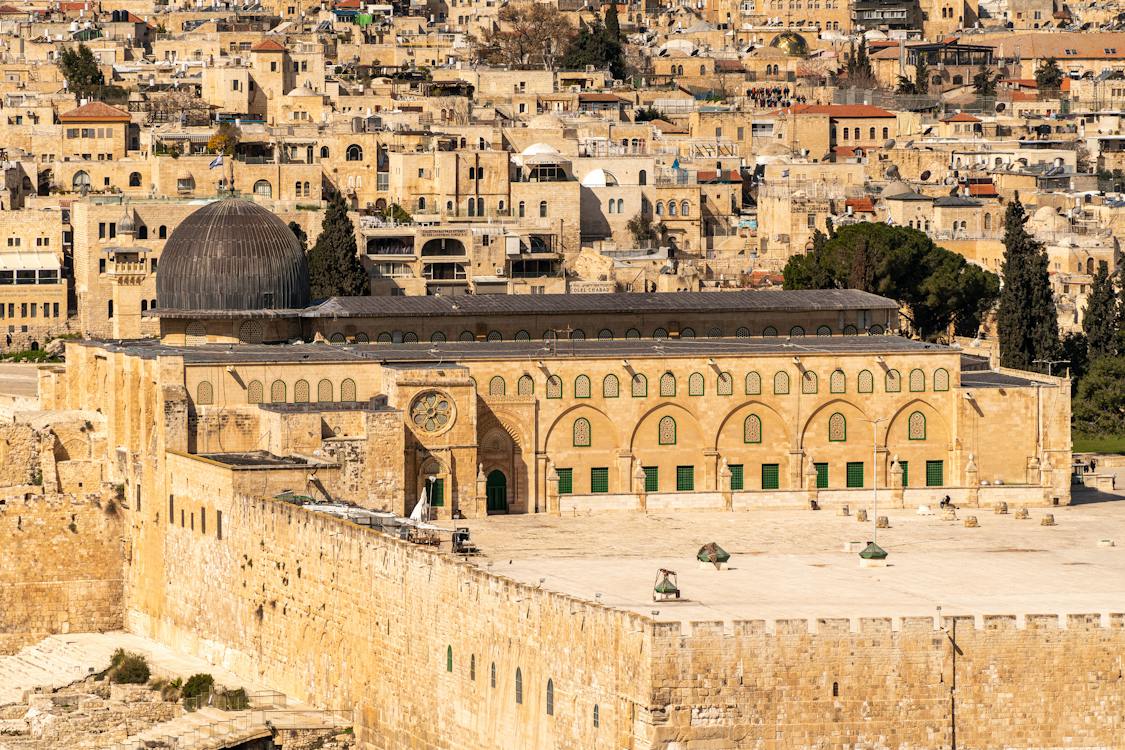The Armenian Quarter Jerusalem – Introduction
The Armenian Quarter is located in the southwestern quadrant of Jerusalem’s Old City. It is located on the southwestern corner of the Old City and can be accessed through the Zion Gate and Jaffa Gate.
Quiet and enigmatic, it is primarily a residential neighborhood. A large section of the Armenian Quarter is occupied by the mostly closed compound of the Armenian Monastery. Home to over 4,000 Armenians in the middle of the 20th century, its population has dwindled significantly as a result of successive waves of immigration to Australia, the United States and UK in the 1950’s and 1960’s. It is, however, still home to several hundred people.
On the Armenian Quarter’s periphery are a number of churches belonging to other Christian denominations, among them Syrian Orthodox, Maronite, Greek Orthodox and Anglican. The Syrian Orthodox church, St. Marks, is particularly interesting, while the Maronite Patriarchate offers great views from its roof.
Visiting the Armenian Quarter
We recommend visiting the Armenian Quarter in the mid afternoon. Timing is very important, since the compound of the Monastery is closed most of the day:
- St. James Cathedral is open from 15:00-15:30 on weekdays, 14:30-15:15 on Saturday and Sunday
- The Gulbenkian Library is Monday through Saturday 16:00-18:00
- The Church of the Archangels (House of Annas) is open on Saturdays only 15:00-16:00
- The Armenian Museum is open Monday – Saturday 10:00-16:00.
Along the Armenian Patriarchate Road there are a number of traditional Armenian ceramics shops and several Armenian restaurants.
The easiest way to get to the Armenian Quarter is to enter the Old City of Jerusalem through Jaffa Gate and follow the paved road to the right. Passing the police station on the right, continue beneath the arch over the road to reach St. James Cathedral on the left. Because the church is only open between 15:00-15:30, it is worth continuing along the same street to the Armenian Museum (also known as the Mardigian Museum) and then doubling back to visit the church.
The Armenian Museum is housed in a former Armenian Theological Seminary, which moved to a site across the street from the cathedral in the late 1970’s. The Museum’s collect is composed of archaeological artifacts relating to the Armenian presence in Jerusalem, including the mosaic pavements found in the area of Mt. Zion, Mt. of Olives and Damascus Gate. It also has a number of 1st century frescos found in the area of the Armenian Garden and possibly belonging to Herod’s Palace.
Other exhibits focus on folklore and traditional crafts, as well as printing and photography. Armenians played a key role in the establishment of these latter two fields in Jerusalem. One 19th century Armenian Patriarch was also one of the city’s pioneering photographers. The museum is currently undergoing renovations and new exhibits may be added.
The 11th century Cathedral of St. James is the largest Armenian church in Israel. Built on the ruins of an earlier Byzantine period church, it is dedicated to two St. James, one the brother of Jesus and first bishop of Jerusalem, the second the brother of John the Evangelist, both said to be buried at this site.
Visiting the church during the service at 15:00 is a remarkable experience, stepping back into time. Entering the large building that still does not have electricity, through its heavy leather doors and listening to the deep throaty chanting of procession led by clerics wearing pointed miters, in the shape of Mt. Ararat, a symbol of Armenia. Impressive Armenian processions can also frequently be seen and even better heard on Saturday afternoons at the Church of the Holy Sepulcher. Ask at the church entrance for more details.
Continuing on to visit the nearby Gulbenkian Library is an excellent way to see more of this somewhat reclusive quarter. Also inquire about the bookshop nearby. The Calouste Gulbenkian Library was built in 1929 and contains over 30,000 volumes, including an impressive collection of rare ancient manuscripts. Other ancient Armenian manuscripts are kept at the nearby St. Toros Church.
Most of the Armenian Quarter outside the compound of the monastery is residential. It can be found by entering St. James Street from Armenian Patriarchate Road and then turning right down Ararat St. and then following El Malak St., along the way duck into the courtyard of St. Georges Greek Orthodox Church/Monastery. Alternately turn left onto Ararat St. to reach St. Marks Syrian Orthodox Church.
